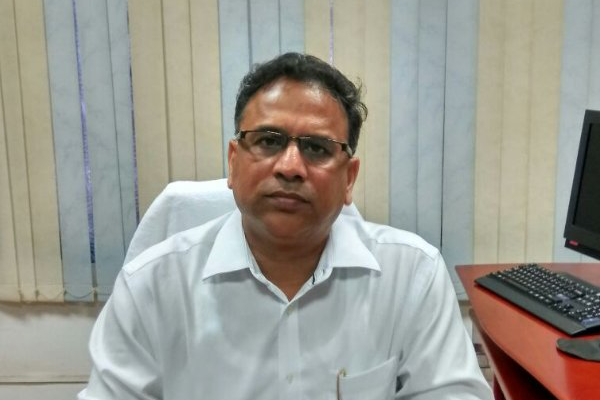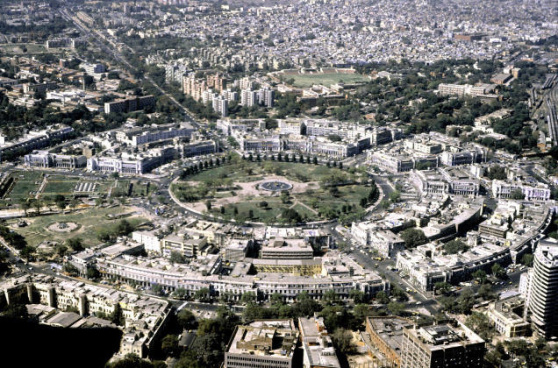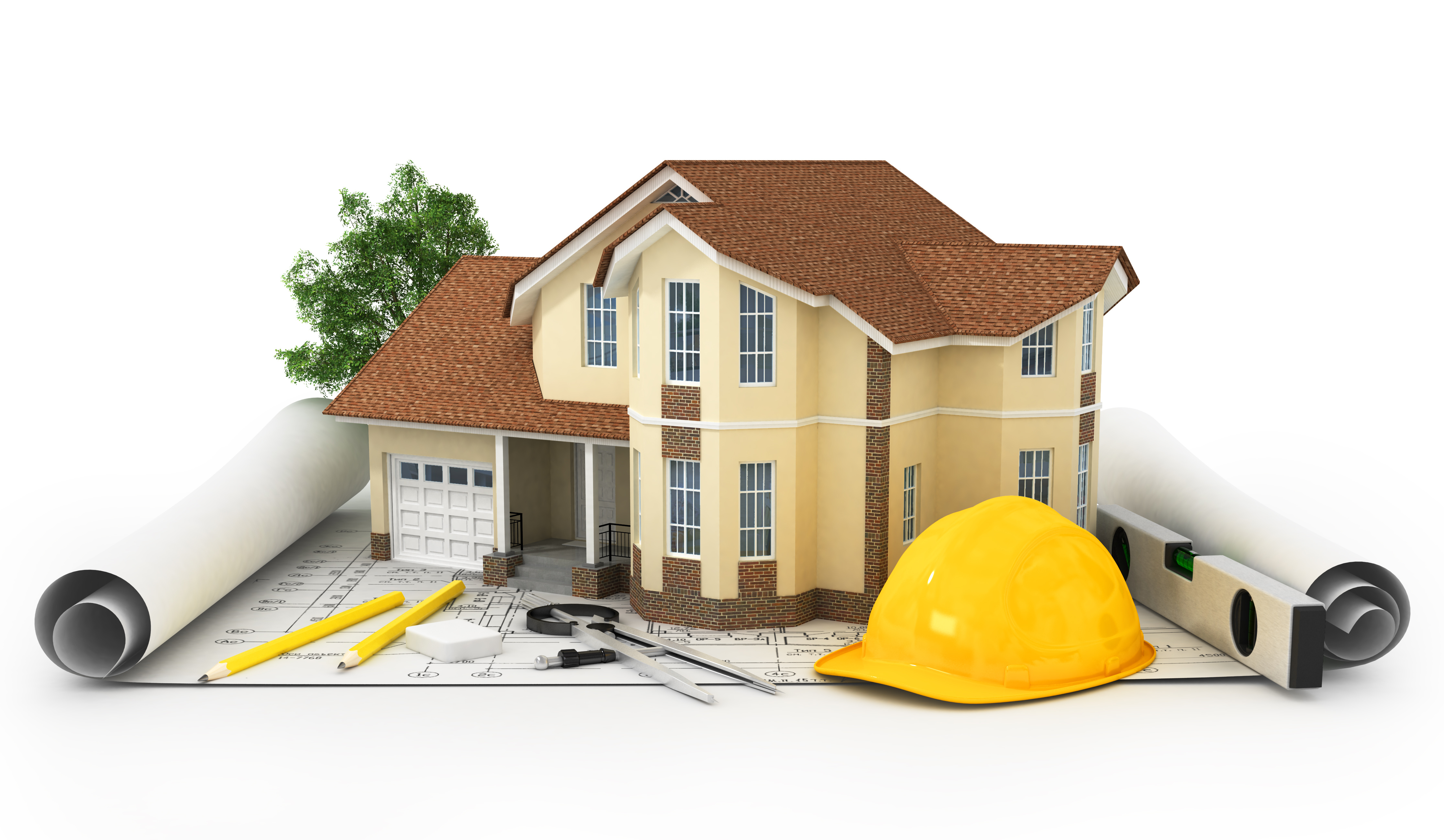
In an era of unprecedented urbanisation, our generation grapples with the weight of collective responsibility. The looming threat of climate change introduces an ever-growing shadow of uncertainty, especially over urban areas. Stark reminders like the recurring catastrophic floods in the hill regions of Himachal and Uttarakhand, and destructive earthquakes in Turkey and Morocco, underscore the need to rethink and reshape our built environments, aiming for harmony and balance. Natural disasters globally have incurred estimated economic losses close to US $275 Billion. Hence, cities should prioritise building resilience to not just survive but also prosper during uncertain adversities.
Resilient cities depend on an unwavering commitment to implementing sustainable mobility practices. These crucial measures include establishing robust public transit systems, creating dense networks of bicycle lanes, and promoting pedestrian-friendly infrastructure, all to boost the adoption of active and sustainable mobility systems. The G20 Delhi Declaration reinforces this, as nations pledge to tread on low-carbon, climate-resilient, and environmentally sustainable development paths. Additionally, the Indian Government’s Mission Lifestyles for Environment (LiFE) emphasises urging individuals and communities to adopt sustainable lifestyles, placing sustainable mobility choices at its heart.
Prosperous economic hubs often showcase dynamic mobility ecosystems. However, disruptions, be they human- induced or natural, often impede mobility. Using information technology can mitigate these interruptions through enhanced emergency, contingency, and recovery management. An Integrated Command and Control Centre (ICCC) equipped with real-time data allows authorities to coordinate more effectively, thus reducing risks and potential losses. During the height of the COVID-19 crisis, digital technology transformed ICCCs in smart cities, like Pune, into makeshift command hubs, with the accumulated data proving invaluable for decision-making.
This proactive approach not only aids in disaster management but also promotes urban mobility and climate resilience. A testament to the consequences of neglecting such strategies was evident on August 30, 2022. A section of Bengaluru’s outer ring road faced severe waterlogging, leading to an estimated loss of US$ 27.5 million. This disaster arose from a clogged stormwater drain, hampering the water flow between two lakes, resulting in flooded roads. The aftermath was traffic chaos and countless stranded individuals and vehicles, exhausting available rescue resources. A post-event analysis highlighted numerous issues like illegal encroachments, deforestation, and incorrect building permits. This highlighted the pressing need for proactive strategies and enhanced urban resilience.
Despite space constraints, many major Indian cities continue to cater to the increasing number of motor vehicles by expanding roads and constructing grade separators, often sidelining vulnerable road users. A modernist approach, epitomised by architect Ludwig Mies Van Der Rohe’s ‘less is more’ ethos, focuses on functionality while preserving elegance. Ideally, a futuristic city embracing this streamlined mobility philosophy would feature lively public spaces, efficient public transport, broad well-lit sidewalks, bicycles as the primary mode of transportation, and slower, safer streets with reduced private vehicles – all powered by clean energy. Numerous global cities have already realised the importance of a people-centric approach to growing mobility demands and have recalibrated their policies to prioritise people over vehicles.
Climate change undeniably affects our well-being, necessitating infrastructure that unambiguously focuses on people. Amid the COVID-19 pandemic, a discernible shift occurred as individuals turned to bicycles and walking, prioritising health over economic gains. The message is clear: balancing health and progress can significantly improve our quality of life. This move towards a human-centric infrastructure isn’t solely about countering the health implications of climate change; it’s in sync with the altered priorities set by the pandemic. Elevating our living standards while ensuring ease of mobility isn’t just essential; it’s non- negotiable.
Ease of Moving transcends the mere alleviation of traffic congestion; it’s about empowering individual mobility. The foundation of a safer and more inclusive city rests on endorsing active and shared mobility, ensuring seamless integration of varied transit modes, and emphasising road safety. Embracing advanced digital technologies, making mobility easily accessible, advocating cleaner transport solutions, and improving the efficiency and dependability of public transit are unmistakable signs of progress. Rendering urban mobility more affordable and investing in our cities’ future is pivotal in the quest for genuine ease of moving.
As cities tackle the dual challenges of urbanisation and climate change, the essence of collective responsibility becomes undeniable. The grave consequences of inaction, spanning loss of life and economic hardships, stand as solemn reminders of the significance of learning from past mistakes.
The way forward entails a firm commitment to sustainable practices, enhancing mobility infrastructure, and judiciously employing technology to improve resilience. Replicating success stories, transforming difficulties into opportunities using digital innovation and data-driven decisions, is vital.
The pressing nature of our current situation is unmistakable. Investing in a future where cities not only endure but flourish, emphasising the welfare of their residents and the environment, is paramount. This demands a transformative shift where cities prioritise individuals over vehicles, resilience over complacency, and sustainability over myopia. The cities of tomorrow are under construction today, and it’s our joint duty to ensure they emerge as models of resilience, sustainability, and advancement. By embodying these principles and taking decisive steps, we can sculpt urban spaces capable of not just withstanding the uncertainties of the future but also thriving amidst upcoming challenges.
Views expressed by Anish Michael, Lead, Centre for Future Mobility at OMI Foundation
Roshan Toshniwal, Head, Centre for Future Mobility at OMI Foundation





















